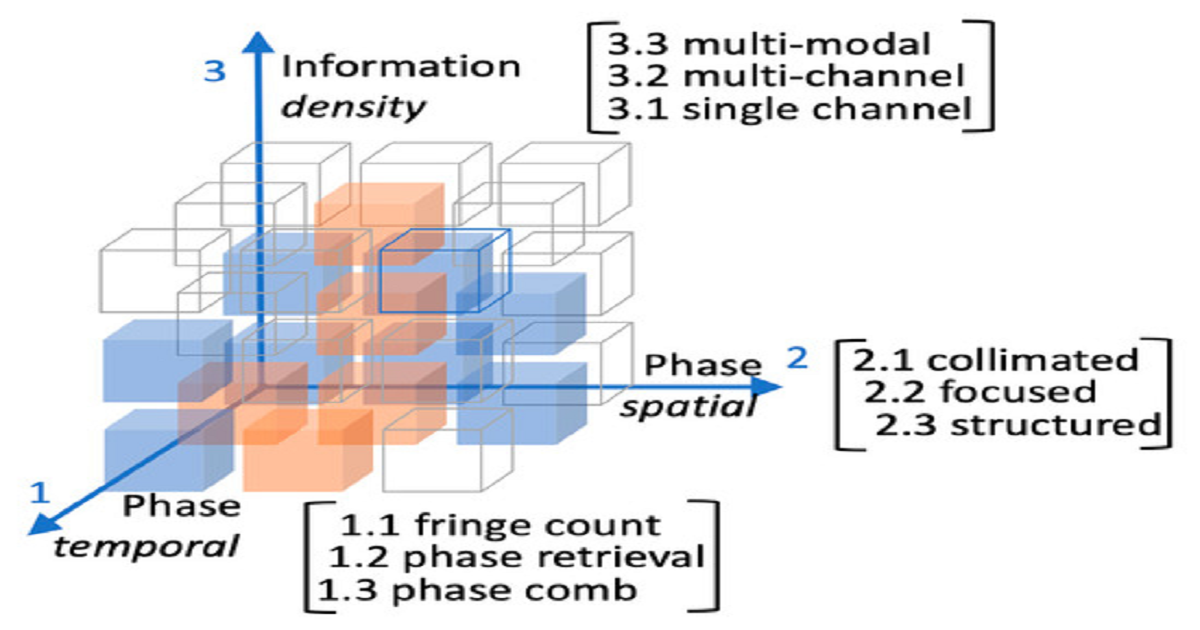Laser Optical Feedback Turns 60: Results, Frontiers and Perspectives
A special issue of Sensors (ISSN 1424-8220). This special issue belongs to the section "Optical Sensors".
Deadline for manuscript submissions: closed (15 November 2022) | Viewed by 9215

Special Issue Editors
Interests: interferometry; laser physics; materials characterization
Interests: laser cavity resonators; quantum cascade lasers; optical frequency combs; ring lasers; Fabry-Perot resonators; III-V semiconductors; Maxwell equations; elemental semiconductors; integrated optoelectronics; laser feedback; light reflection; optical Kerr effect; silicon; Fabry-Perot interferometers; Ginzburg-Landau theory; antireflection coatings; chirp modulation; gallium arsenide; indium compounds; integrated optics; laser beams; laser mirrors; laser mode locking; laser modes; laser tuning
Interests: laser diodes; interferometry; laser dynamics; optoelectronics; optical sensing; biomedical optics; optics and photonics; optics; laser
Special Issue Information
Dear Colleagues,
As soon as the laser shot, some of its light was scattered backward. At first, it was an annoyance. Very early on, however, D. A. Kleinman and P. P. Kisliuk suggested that controlled back reflection from an external mirror could actually help the stabilization of the fundamental cavity mode by suppressing the higher-order ones. This was in March 1962. In 1963, P. G. R. King and G. J. Steward proposed to exploit optical feedback for metrology, and self-mixing eventually became research. The idea of using coherent laser feedback to extract information (e.g., position, composition, morphology, dynamical state) from the external target(s) providing back reflection has taken up many names: Laser Self-Mixing, Laser Diode Feedback Interferometry, Optical Feedback Interferometry and Optical Feedback Interference. It has rooted itself as a major player in many branches of laser optics and photonics moving, from laboratory tables to embedded technology, and recently began to beat the hot tracks of silicon photonics, unconventional imaging and Artificial-Intelligence-aided signal processing.
Contributed papers are solicited covering past achievements, present developments and future evolution of Laser Optical Feedback modeling, sensing, imaging and metrology.
Prof. Dr. Maurizio Dabbicco
Dr. Lorenzo L. Columbo
Dr. Julien Perchoux
Guest Editors
Manuscript Submission Information
Manuscripts should be submitted online at www.mdpi.com by registering and logging in to this website. Once you are registered, click here to go to the submission form. Manuscripts can be submitted until the deadline. All submissions that pass pre-check are peer-reviewed. Accepted papers will be published continuously in the journal (as soon as accepted) and will be listed together on the special issue website. Research articles, review articles as well as short communications are invited. For planned papers, a title and short abstract (about 100 words) can be sent to the Editorial Office for announcement on this website.
Submitted manuscripts should not have been published previously, nor be under consideration for publication elsewhere (except conference proceedings papers). All manuscripts are thoroughly refereed through a single-blind peer-review process. A guide for authors and other relevant information for submission of manuscripts is available on the Instructions for Authors page. Sensors is an international peer-reviewed open access semimonthly journal published by MDPI.
Please visit the Instructions for Authors page before submitting a manuscript. The Article Processing Charge (APC) for publication in this open access journal is 2600 CHF (Swiss Francs). Submitted papers should be well formatted and use good English. Authors may use MDPI's English editing service prior to publication or during author revisions.
Keywords
- vibrometry
- velocimetry
- THz imaging
- laser dynamics
- optical sensing
- integrated photonics
- frequency modulation
- nanoscale sensing
- quantum noise limit
- silicon photonics
- microfluidics







